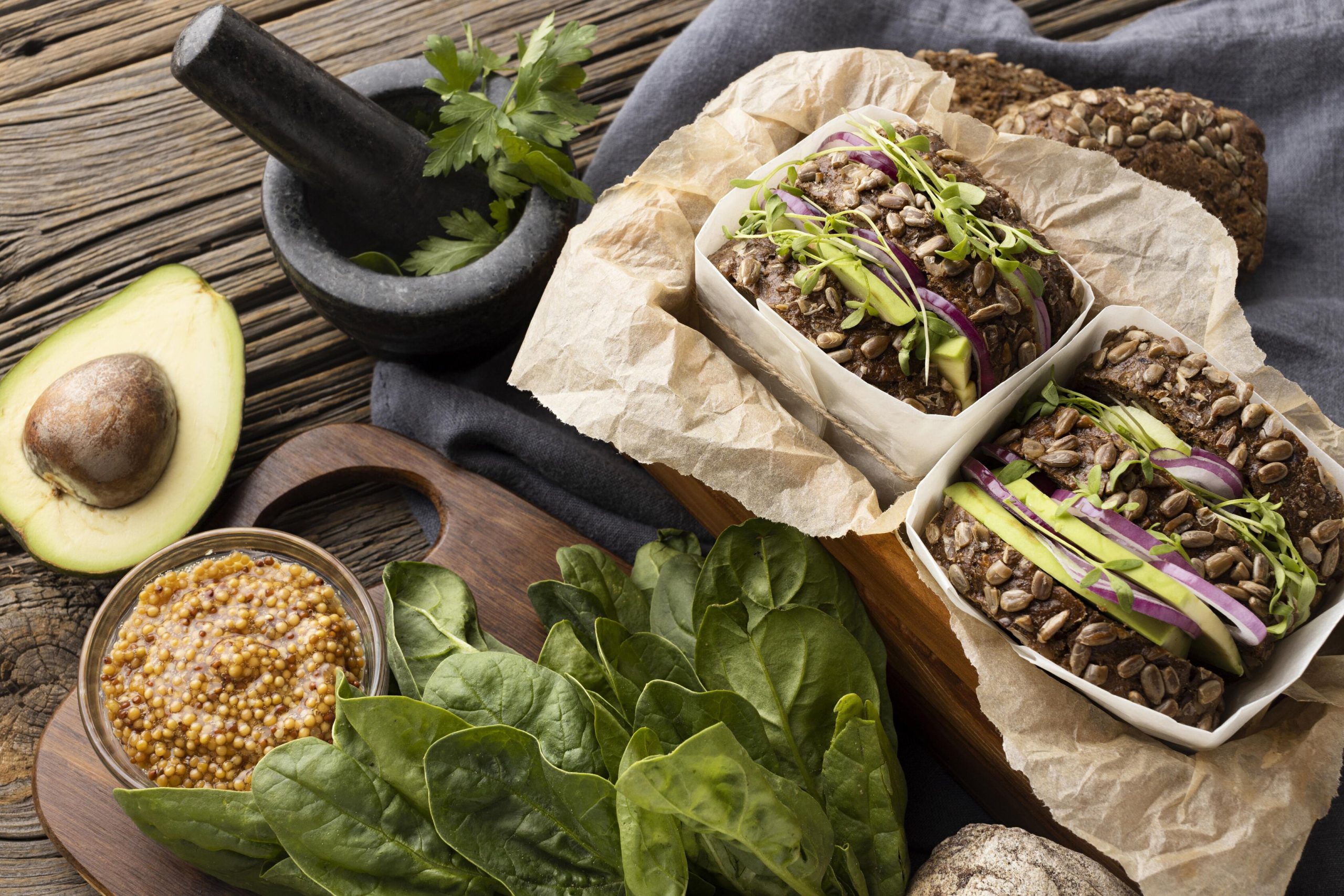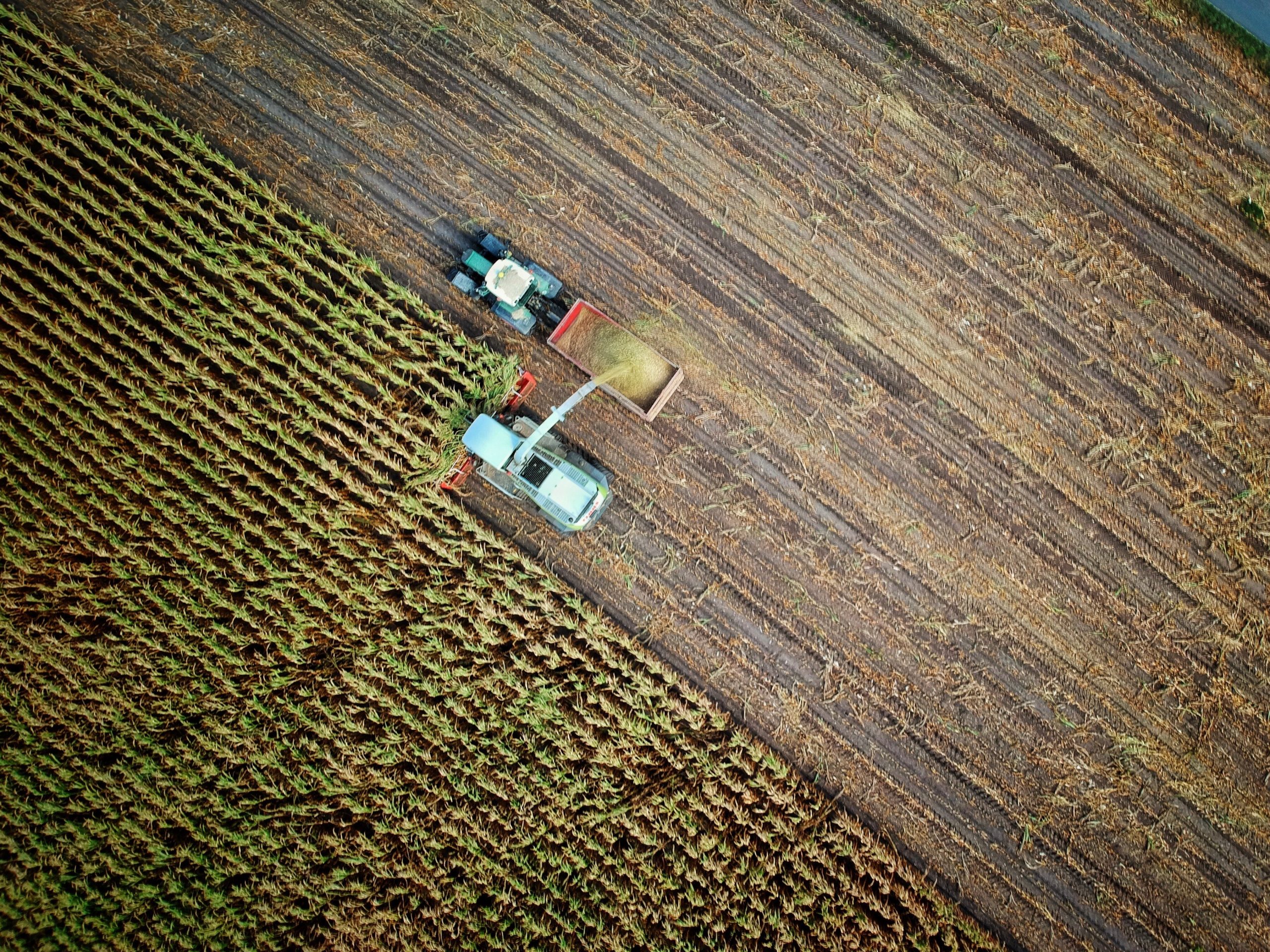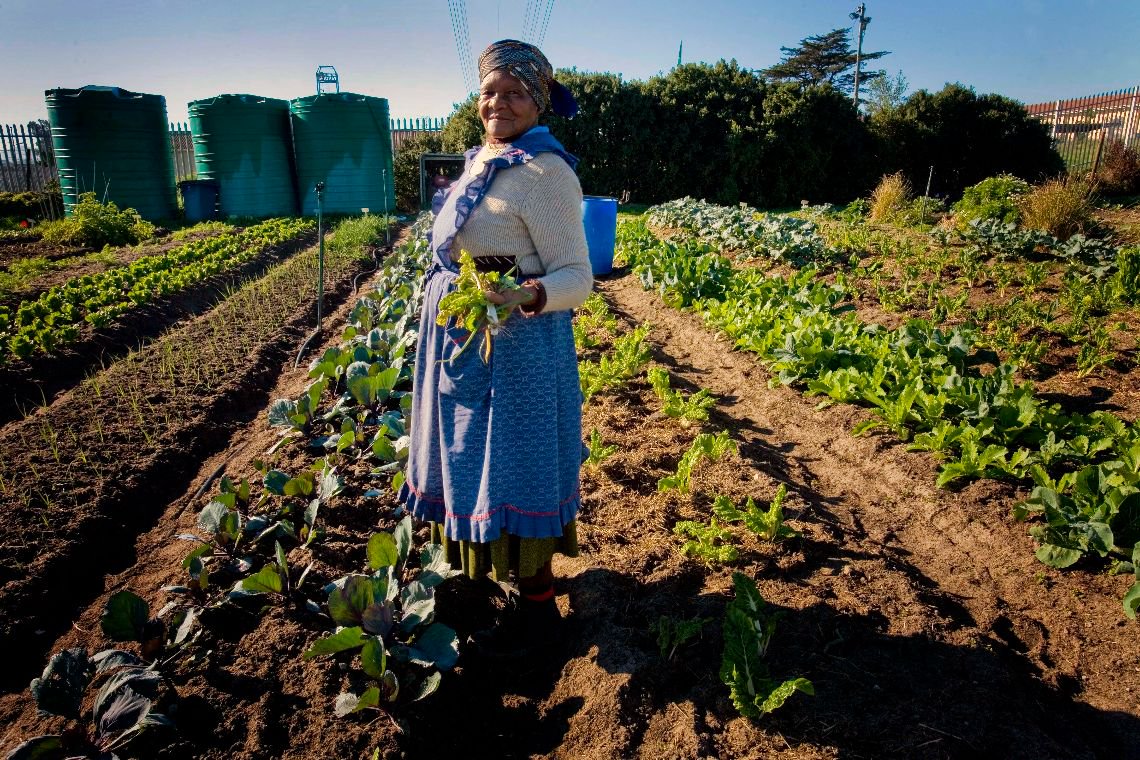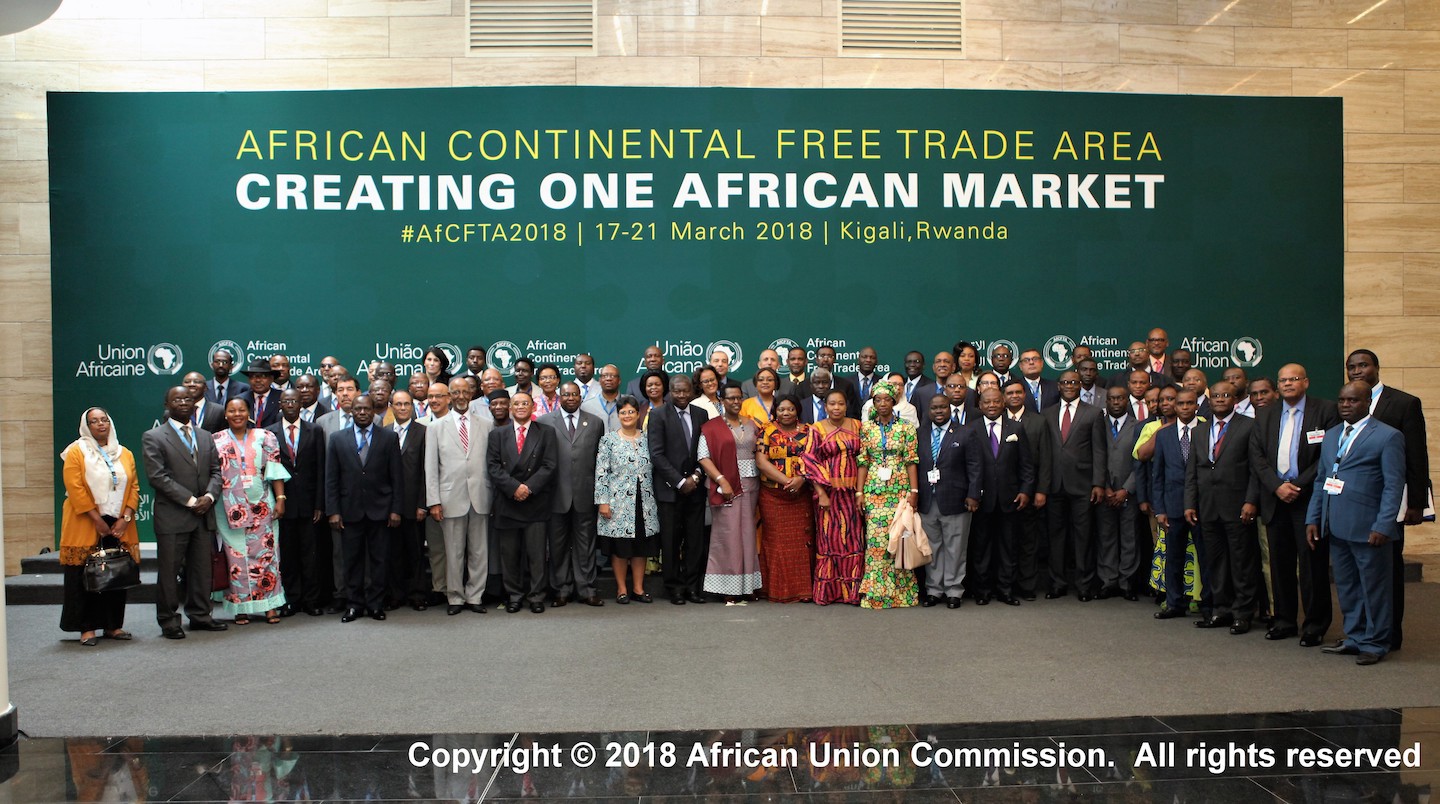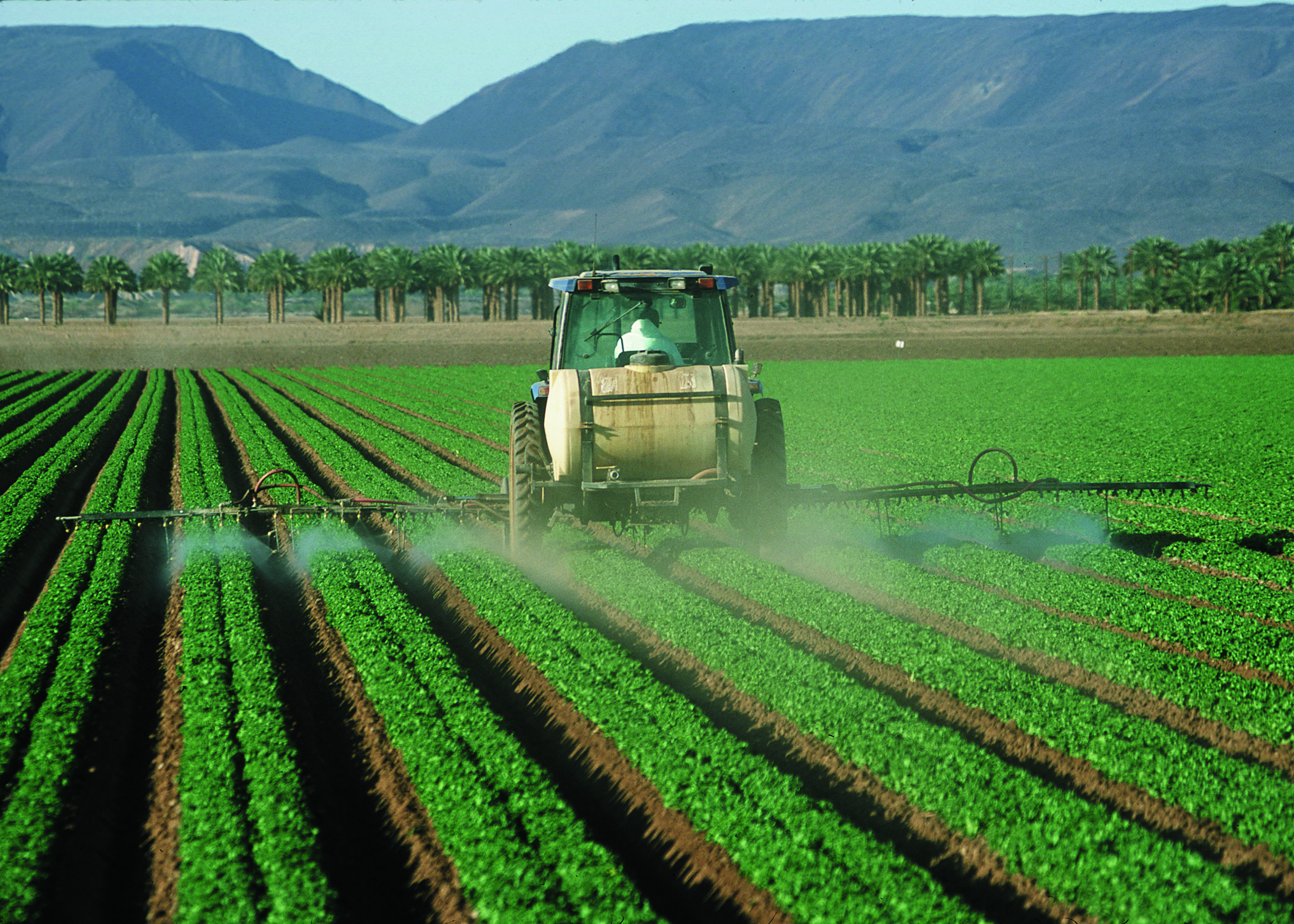Egypt: Overview of the Agriculture Sector
[vc_row 0=””][vc_column][vc_column_text 0=””]
The country
Egypt is a country in North-Eastern Africa. It shares borders with Libya, Sudan, Israel and the Gaza Strip. It has coasts on the Mediterranean Sea and the Red Sea. The total area is 1,000,450 sq. km with a population of 83.39 million[1].
The country’s nominal GDP was in 2014 estimated at 286.4 billion USD, which makes it the third largest African economy after Nigeria and South Africa. The GDP using purchasing power parity was calculated at 943.1 billion USD the same year. In 2014, the GDP’s growth rate of the country was 2.2%. The country’s ranking in World Bank’s doing business was 112th in 2015, a 1 point improvement compared to the previous year. Egypt’s GNI per capita is $3,160[2].
Egypt’s natural resources are diverse: petroleum, natural gas, iron ore, phosphates, manganese, limestone, gypsum, talc, asbestos, lead, rare earth elements, zinc, etc.; but the country is disadvantaged by the fact that its territory is more than 90% arid desert, with as few as 3.6% of the land usable for agriculture[3], which can be considered by other nations as not enough to have a proper agriculture, and yet Egypt has fought to get the most out of its land.
The Agriculture
Egypt hosts one of the oldest agricultural civilizations. The fertility with the Nile river banks and the delta has pushed the populations of all eras to settle down in an area covering less than 10% of the territory, with the rest all covered by the desert with the exception of a few oases.
Agriculture is crucial to the economy; its value added accounts for 14.5% of the country’s GDP. The sector also employs 29.6% of the total active population (2010) and represents 11% of all exports (2001)2.
Egypt has a very arid climate, the rainfall does not exceed 190mm in the Mediterranean coasts and 60mm in the Nile delta, and even less than 25mm in the Upper Egypt. The country relies on irrigation, 99.8% of cropland was irrigated in 2002. The water supply is governed by the water-sharing treaty with the Nile basin countries, allocating 55.5 billion cubic meters per year to Egypt, representing in 2003 82.59% of the total available water in the country. Agriculture consumed in 2003 81.1% of the total water supply potential[4].
The key agricultural sectors
The major crops cultivated in Egypt are:
- Rice: it is one the major cereal cultivated in the country. It is the second most exported crop after cotton. The country’s production in 2014 was 4.53 million metric tons[5]. Egypt is the biggest producer of rice in Africa.
- Cotton: it is the major fiber crop cultivated in the country and the most exported crop. In 2014, the production was 525,000 bales of 480 lb., an increase of 20.69% compared to 2013 after two years of decline. The country is the second producer in Africa after Mali.
- Corn: With nearly 6 million metric tons produced in 2014 and a 2.76% growth compared to 2013, it is one of the major crops cultivated in the country. The country is the eighth largest consumer in the world and the fifth largest importer[6] and the third producer in Africa after Nigeria and South Africa.
- Wheat: The country is the major producer of wheat in Africa, with 8.3 million tons in 2014. Egypt is also the second largest importer in the world.
- Sugar cane: it is the main sugar crop with 90% of the yield used for sugar extraction.
- Forage crops: Egyptian clover is the main produced forage crop in the Nile valley.
- The other major crops cultivated in Egypt are fruits, vegetables, and beans5.
Livestock production is an essential element of Egypt’s agricultural sector. The population has increased steadily between 2000 and 2009, the number of cattle heads went from 3.53 to 5.00 million, buffaloes from 3.38 to 4.00 million, goats from 3.43 to 4.55 million and sheep from 4.47 to 5.50 million, camels, however, have declined from 141 000 to 110 000 head[7].
The challenges
The biggest challenge to Egypt’s agriculture is water. Water is a very scarce resource in the region, the major source of this essential commodity is the Nile River.
The Nile is the longest river on the globe, it runs through no less than 10 countries – Rwanda, Burundi, DRC, Tanzania, Kenya, Uganda, Ethiopia, South Sudan, Sudan, and Egypt. During the course of history, many conflicts have risen from the difficulty to please all parties. Many treaties were signed, the last one dates from 1959. One of the most important measures was granting Egypt the right to build the Aswan High Fam that can store the entire annual Nile River flow for a year.
There are two major threats to the stability of the agreement on water supply. The first is political. A political instability of any sort in one or more of the countries of the Nile basin may endanger the ability of the others to feed their populations and result in an unprecedented regional crisis.
The second threat and the most imminent is the growth of the population of those ten countries. By 2050, Africa’s population is expected to grow by an additional 1.3 billion people, the equivalent of today’s China[8]. For the case of Egypt, the population is expected to reach 97.3 million in 2025, lowering the per capita water availability from 1123 m3 in 1990, to 630 m3 in 2025[9]. This shows that the challenge now for Egypt is to look for perennial solutions to lower its dependency on the Nile water supply and to find sustainable alternatives like desalination.
Mohamed Taha Akhanchouf, analyst at Infomineo
[1] https://www.cia.gov/library/publications/the-world-factbook/geos/eg.html
[2] http://data.worldbank.org/country/egypt-arab-republic
[3] http://www.eoearth.org/view/article/152375/
[4] http://www.fao.org/docrep/v9978e/v9978e0e.htm
[5] http://www.indexmundi.com/agriculture/?country=eg&graph=production
[6] http://www.spectrumcommodities.com/education/commodity/statistics/corn.html
[7] http://www.fao.org/docrep/v9978e/v9978e0e.htm
[8] http://www.cnbc.com/2015/07/30/world-population-quarter-of-earth-will-be-african-in-2050.html
[9] http://www.iss.europa.eu/uploads/media/Alert_Nile.pdf
[/vc_column_text][/vc_column][/vc_row]
You may also like
Warning: Undefined variable $content in /var/www/sdomains/nexatestwp.com/infomineo.nexatestwp.com/public_html/wp-content/themes/infomineo/single.php on line 235
Warning: Undefined variable $content in /var/www/sdomains/nexatestwp.com/infomineo.nexatestwp.com/public_html/wp-content/themes/infomineo/single.php on line 235
Warning: Undefined variable $content in /var/www/sdomains/nexatestwp.com/infomineo.nexatestwp.com/public_html/wp-content/themes/infomineo/single.php on line 235
Warning: Undefined variable $content in /var/www/sdomains/nexatestwp.com/infomineo.nexatestwp.com/public_html/wp-content/themes/infomineo/single.php on line 235
Warning: Undefined variable $content in /var/www/sdomains/nexatestwp.com/infomineo.nexatestwp.com/public_html/wp-content/themes/infomineo/single.php on line 235
Warning: Undefined variable $content in /var/www/sdomains/nexatestwp.com/infomineo.nexatestwp.com/public_html/wp-content/themes/infomineo/single.php on line 235


